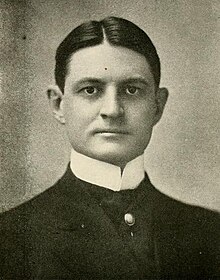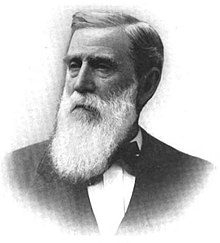
Ottawa County is a county located in the U.S. state of Michigan. As of the United States 2020 Census, the population was 296,200. The county seat is Grand Haven. The county is named for the Ottawa Nation, was set off in 1831 and organized in 1837. Ottawa County is included in the Grand Rapids-Kentwood, MI Metropolitan Statistical Area and has a significant Dutch American population.

Grand Haven is a city within the U.S. state of Michigan and the county seat of Ottawa County. Grand Haven is located on the eastern shore of Lake Michigan at the mouth of the Grand River, for which it is named. As of the 2010 census, Grand Haven had a population of 10,412. The city is home to the Grand Haven Memorial Airpark (3GM) and is located just north of Grand Haven Charter Township.

Thomas White Ferry, or T.W. Ferry, was a U.S. Representative, U.S. Senator, and acting Vice President of the United States from Michigan. He was one of four United States senators from Michigan to have served as president pro tempore of the U.S. Senate, and Ferry is the only U.S. senator from Michigan to hold the position for multiple Congresses.
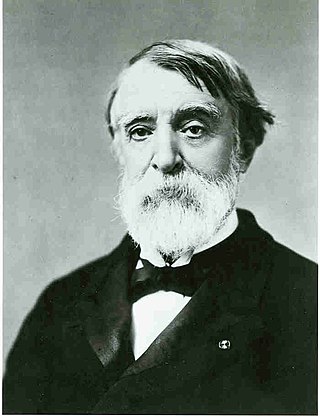
William Ward Duffield was an executive in the coal industry, a railroad construction engineer, and an officer in the Union Army during the American Civil War. After the war he was appointed Superintendent of the United States Coast and Geodetic Survey.

Albertus Christiaan van Raalte was a 19th-century Dutch Reformed clergyman.
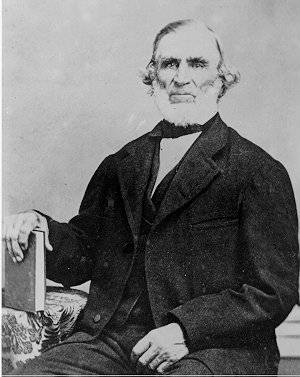
Rix Robinson (1789–1875) was a Michigan pioneer. He was a fur trader and the first permanent Euro-American settler of Kent County, Michigan, a representative to the state constitutional convention of 1850 and a state senator.

Robert Stuart was a Scottish-born, Canadian and American fur trader, best known as a member of the first European-American party to cross South Pass during an overland expedition from Fort Astoria to Saint Louis in 1811. He was a member of the North West Company (NWC) until recruited by John Jacob Astor to develop the new Pacific Fur Company, which was based at Fort Astoria, on the coast of present-day Oregon. Astor intended the venture to develop a continent-wide commercial empire in fur trading.

Farmington is an unincorporated community in Washington County, Oregon, United States. It is located on the Tualatin River, a tributary of the Willamette, about eight miles southwest of Beaverton, at the intersection of Oregon Route 10 and River Road. It is about two miles east of the junction of OR 10 with Oregon Route 219. Farmington was one of the earliest settlements in Oregon and was prominent for a time as an important milling and grain-shipping point on the Tualatin when steamships were the principal means of shipping grain along the Willamette River. Farmington was the site of an early Christian Church, founded by 1845 pioneers in Sarah and Philip Harris, who arrived in Oregon via the Meek Cutoff. At that time the locale was called "Bridgeport". Baptisms were in the Tualatin River.

De Garmo Jones was a businessman, state senator, and mayor of Detroit.
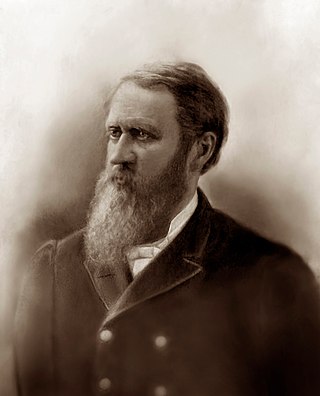
William Montague Ferry Jr. was a Michigan and Utah politician, an officer in the Union Army during the American Civil War, and a member of the Ferry Family.
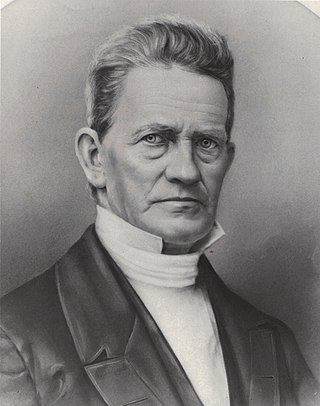
William Montague Ferry Sr. was a Presbyterian minister, missionary, and community leader who founded several settlements in Ottawa County, Michigan. He became known as the father of Grand Haven and father of Ottawa County.

For a useful starting point goto Oregon Encyclopedia of History and Culture (2022). Not yet in print format; it is online here with 2000 articles.

James John (1809–1886) was founder of the settlement of St. Johns in Oregon. The area later became a city when it passed a charter in 1902. It was annexed into Portland in 1915. John worked as a general store and ferry operator across the Willamette River to Linnton. He once served as Justice of the Peace and was twice an election judge. John was born in Ohio and first settled in Indiana with his wife and child where John worked as an educator. He joined the Bartleson–Bidwell Party in 1841, who were one of the first groups that trekked the California Trail. By this time, John's wife and child had died. He came to Oregon Country in the employment of the Hudson's Bay Company in 1843 after making it to Sacramento Valley.
Alvin Nelson Hart was an American jurist and politician who served multiple terms in the Michigan Senate and Michigan House of Representatives in the state's early years, and founded the town of Lapeer, Michigan.

Thomas Friant was a wooden-hulled ferry that served on the Great Lakes from her construction in 1884 to her sinking in 1924. In January 1924, while gillnetting out of Two Harbors, Minnesota in Lake Superior, she was holed by ice, and sank with no fatalities. In 2004 her wreck was discovered in over 300 feet (91 m) of water in pristine condition. The wreck of Thomas Friant was listed on the National Register of Historic Places in 2019.
Thomas W. White was a Michigan politician.

Edward Payson Ferry (1837–1917) was as Michigan and Utah businessman/mining magnate and prominent member of the Ferry Family.

Noah Henry Ferry, was a Major in the Union Army's 5th Michigan Cavalry. He died in the Battle of Gettysburg.





